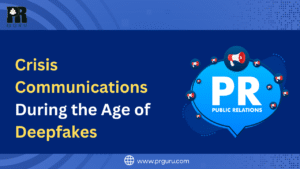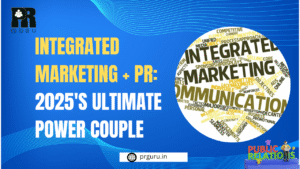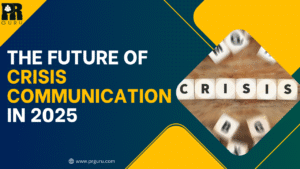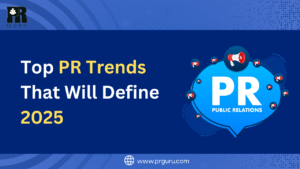PR Hacks: The Do’s & Don’ts of Crafting a Press Release That Captures Media Attention!
The Dos: Making Your Press Release Irresistible to Journalists
By PR-Team | April 15, 2025 | Press Release
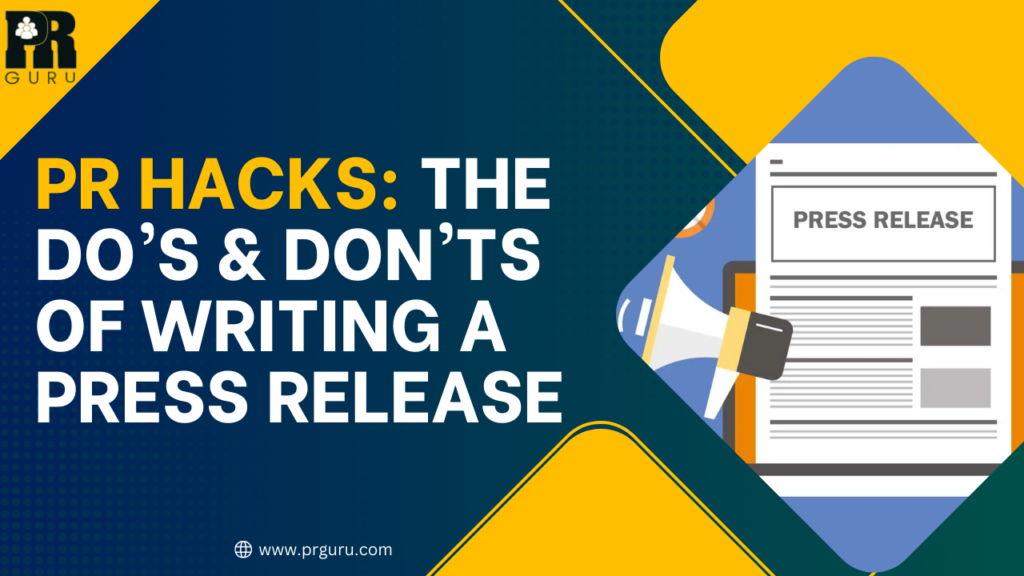
Getting noticed in today’s hectic, digital world may be more difficult than ever before. Journalists are getting pitched hundreds of times a day. Your release thus must be distinctive and provide something that the press has not been reading thousands of times; no longer merely a production launch or event announcement, but an interesting story that creates attention, recounts a story, and makes them care.
The question is, how do you write a press release that isn’t lost in the fray in a journalist’s inbox? We have the inside secrets of writing an effective media pitch here at PR Guru. Let us break down the do’s and don’ts on how to make your press release get the attention it deserves from the media.
The Dos: Making Your Press Release Irresistible to Journalists
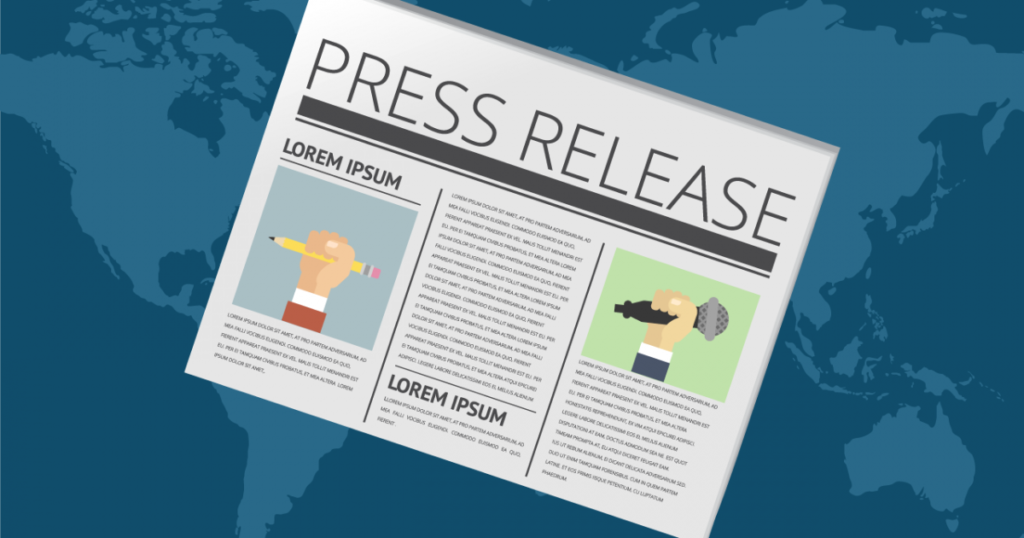
A good press release starts with a solid headline. Your headline is the first thing a reporter will see, and if it doesn’t grab their attention immediately, the rest of your message is irrelevant. A good headline must be concise, clear, and newsworthy. Avoid being too promotional and focus on what is unique about your announcement. Instead of “XYZ Company Unveils New AI Product,” do something like “How XYZ’s AI Breakthrough is Revolutionizing Healthcare.”
After you’ve got a wonderful headline, your lead paragraph must deliver. Journalists don’t have time to sift through extraneous information. Your first few lines must respond to the 5 5Ws—Who, what, when, where, and why—without being stilted. Set the context by explaining why your news matters and why it matters to the readers. If your piece doesn’t generate curiosity within the first few sentences, you’ve lost your reader.
Adding quotes from key stakeholders—such as the CEO, founder, or industry expert—enhances credibility and adds a human element to your release. A well-placed quote provides insight, emotion, and perspective. However, avoid generic statements like, “We are excited about this development.” Instead, use something more compelling: “With this new innovation, we’re addressing a long-standing industry challenge and making solutions more accessible to millions.”
A good press release also has persuasive facts, figures, or case studies to support the story. Journalists love facts that bring credibility and substance. If you have data to back your claims, use it in an easily digestible form. Instead of saying, “Our platform has grown significantly,” say, “Our platform saw a 200% growth in active users over six months.”
Another crucial aspect of a successful press release is to ensure that it can be read easily. Journalists scroll through the press releases rapidly, so don’t put long, text-packed paragraphs in there. Opt for short paragraphs, subheads, and bullet points (where necessary) to break up the copy. An orderly release increases the chances of your story being picked up.
Finally, always have a simple call to action (CTA). It may be a link to your website, media contact, or an invitation to a special event—whatever it is, your press release should inform the reporter what to do next. If they must go hunting around for more information, they will most likely switch to the next pitch.
The Don’ts: Common Mistakes That Kill Media Interest
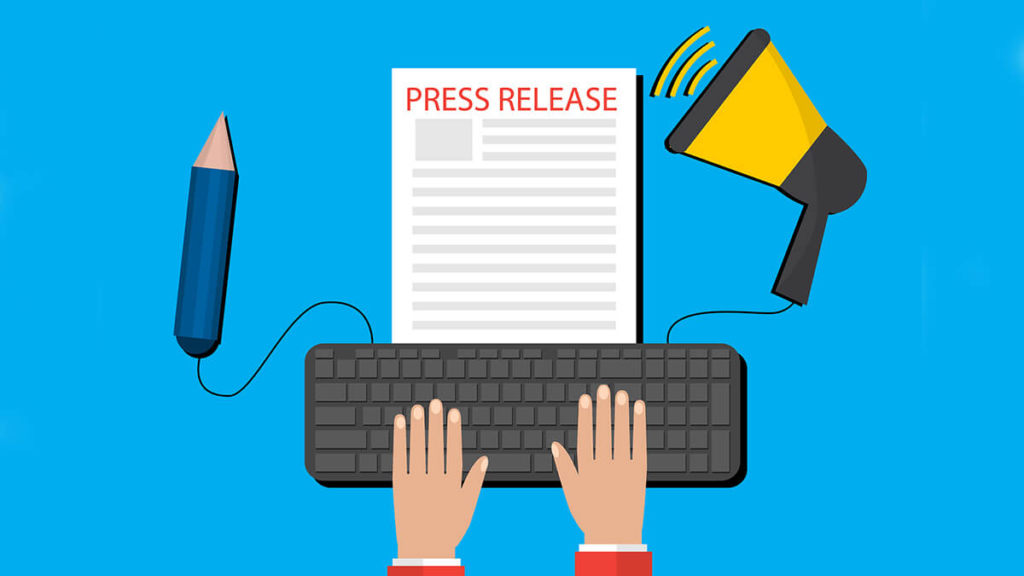
One of the biggest mistakes brands make is writing a press release that sounds too much like an advertisement. A press release is not an advertisement; it’s a news release. Avoid too much self-congratulation and superlatives. Journalists are looking for a story, not a sales pitch. If your release sounds like a marketing brochure, it will be ignored.
Another common error is failing to provide real news value. The fact that a company launches a new product or service does not, in itself, make it worth reporting. Your release must spell out how this is newsworthy—whether it’s providing an answer, addressing a trend, or shaking up an industry. If your tale is not offering a fresh spin, news outlets will skip over it.
Failure to follow proper structure and format is also a huge mistake. Reporters do not have time to sift through lengthy, poorly organized press releases to find the most significant information. Your release will be thrown away instantly if it is lengthy, poorly written, or leaves out the most important information.
Another critical misstep is forgetting to include contact details. If a journalist wants to follow up on your story and there’s no clear contact information, you’ve lost an opportunity. Always include the name, email, and phone number of a PR representative or spokesperson who can provide further details.
Lastly, never send a press release without proofing. Grammar errors, spelling errors, and layout errors spoil your brand reputation. Always review your content twice before sending, or better yet, ask someone to review it for you.
Final Thoughts: Boost Your PR with PR Guru

A good press release is more than a statement—it’s a tool of influence for grabbing media coverage, establishing credibility, and enhancing brand presence. As a startup, corporate giant, or emerging entrepreneur, the appropriate PR approach can be the deciding factor.
At PR Guru, we specialize in helping brands craft compelling press releases that capture attention. With our vast industry experience and great media connections, we ensure that your news reaches the right ears. If you want to take your PR to the next level and get powerful media coverage, contact us today at PR Guru.
Let’s make your story headline-worthy!
Also Read: Top 5 Tips to Elevate Your Media Pitch and Make a Lasting Impression
Ready to take your PR strategy into 2025 and beyond? Visit PRGuru.in to find out how we can partner together to make your brand unforgettable.
Build authority, trust, and engagement with the right PR moves! Follow PR Guru on LinkedIn for expert tips, success stories, and industry trends


